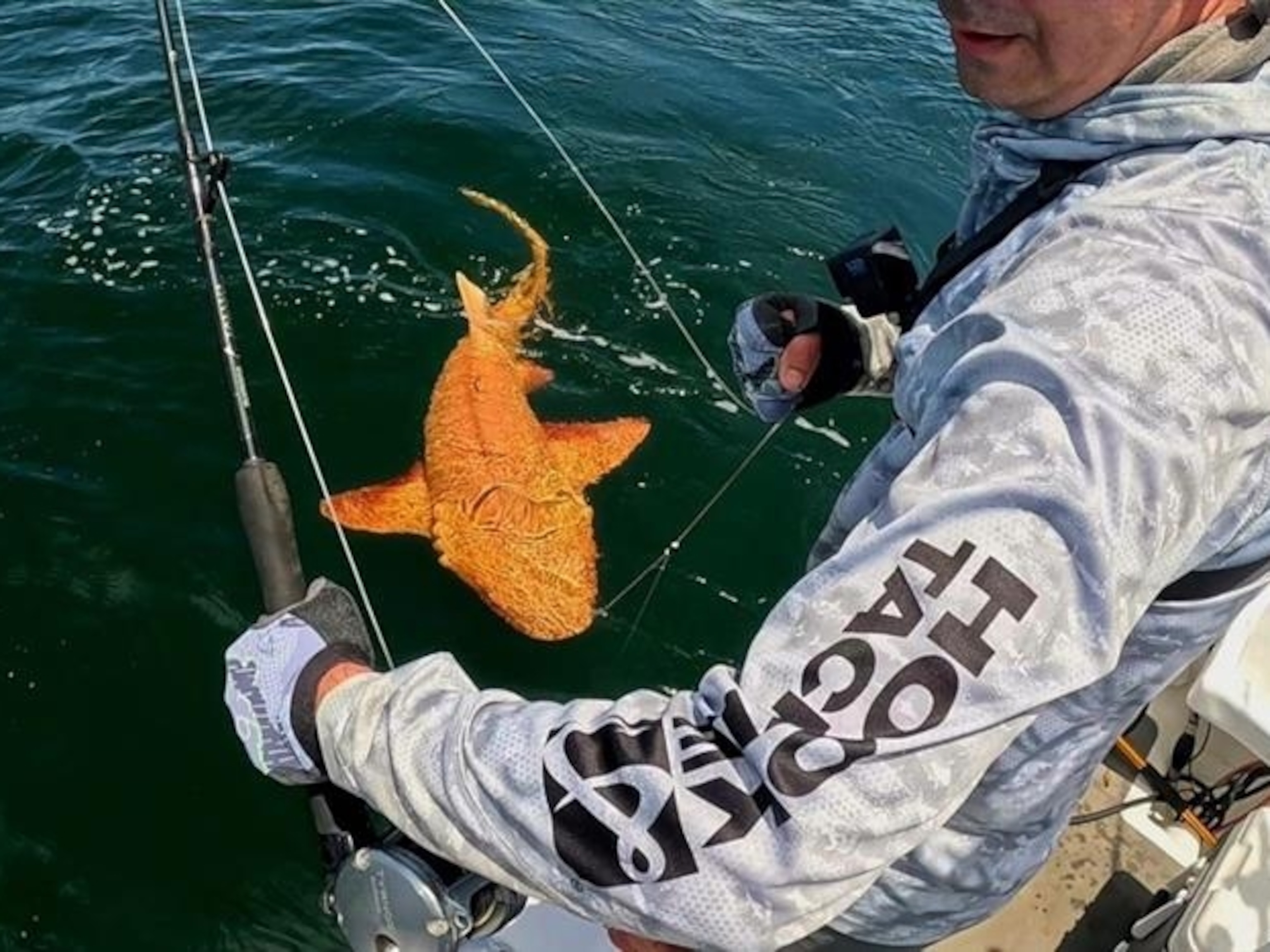Two-Headed Sharks Keep Popping Up—No One Knows Why
Scientists are discovering more mutated fish, possibly due to genetic abnormalities from overfishing.
Two-headed sharks may sound like a figment of the big screen, but they exist—and more are turning up worldwide, scientists say.
A few years ago off Florida, fishermen hauled in a bull shark whose uterus contained a two-headed fetus. In 2008, another fisherman discovered a two-headed blue shark embryo in the Indian Ocean.
And a 2011 study described conjoined twins discovered in blue sharks caught in the Gulf of California and northwestern Mexico. Blue sharks have produced the most recorded two-headed embryos because they carry so many babies—up to 50 at at time, says study leader Felipe Galván-Magaña, of the National Polytechnic Institute in Mexico.
(Life Is Confusing For Two-Headed Snakes)
Now, Spanish researchers have identified an embryo of an Atlantic sawtail catshark with two heads, according to a new study in the Journal of Fish Biology. While raising sharks for human-health research in the laboratory, a team noticed the unusual embryo in a see-through shark egg.
The catshark embyro was not your average two-headed beast—it's the first such specimen known from an oviparous shark species, or a shark that lays eggs.
Researchers opened the egg to study the specimen, and study leader Valentín Sans-Coma says it's unknown whether the deformed animal would have survived. Because it's the first such conjoined twin found in egg-laying sharks, its likely that such offspring don't live long enough for people to find them.
Mutation Causes
Two-headed sharks have been few and far between, so it's tough to know what's behind the mutations. (See more shark pictures.)
Sans-Coma and colleagues say a genetic disorder seems to be the most plausible cause for the two-headed catshark, since the embryos were grown in a lab among nearly 800 specimens. To the best of their knowledge, the eggs were not exposed to any infections, chemicals, or radiation.
But wild sharks' malformations could come from a variety of factors, including viral infections, metabolic disorders, pollution, or a dwindling gene pool due to overfishing, which leads to inbreeding, and thus genetic abnormalities. (See "New Diseases, Toxins Harming Marine Life.")
For another recent study, marine scientist Nicolas Ehemann examined two such specimens: A smalleye smooth-hound shark and a blue shark, found by fishermen off Venezuela's Margarita Island. The animals, which would not have survived, are the first two-headed sharks found in the Caribbean Sea, according to Ehemann's research bulletin.
Overfishing to Blame?
Ehemann, a master's student at the National Polytechnic Institute in Mexico, believes that if the two-headed fetuses are more prevalent in nature, then overfishing is a strong culprit as it may cause the gene pool to shrink.
Galván-Magaña, who authored the 2011 study, doesn't think two-headed sharks are more common—but rather that there are more scientific journals around to publish accounts.
Galván-Magaña has seen other bizarre sharks, too, including a "cyclops" shark, caught off Mexico in 2011, with a single, functioning eye at the front of its head. The dusky shark fetus's single eye is the hallmark of a congenital condition called cyclopia, which occurs in several animal species, including people.
Meanwhile, Ehemann says shark deformities are a difficult topic to research because the specimens are so rare.
"I would like to study these things, but it's not like you throw out a net and you catch two-headed sharks every so often," he says. "It's random."
Follow Joshua Rapp Learn on Twitter.





